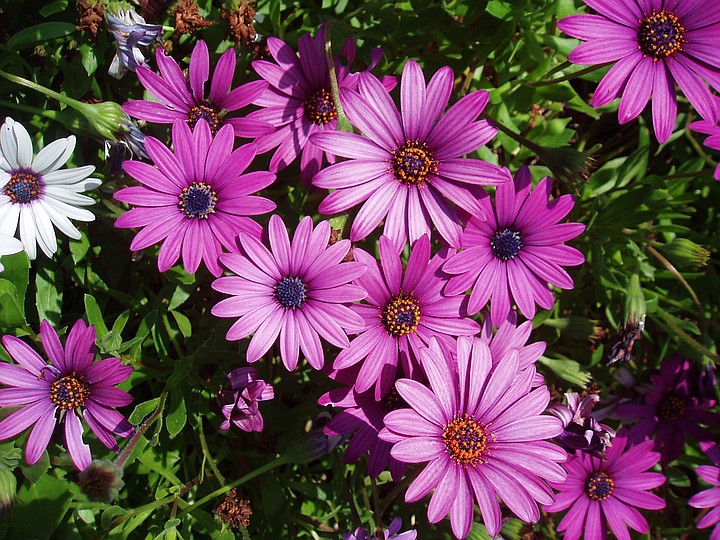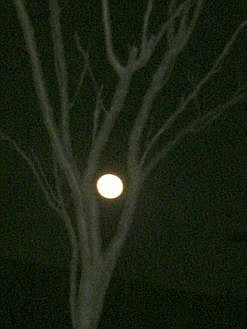 Facebook
Facebook
 X
X
 Instagram
Instagram
 TikTok
TikTok
 Youtube
Youtube

Pacific Daylight Time, or “daylight saving time,” starts on Saturday morning, March 13, at 2 am. No time is “saved” by advancing our clocks one hour. This sneaky trick in civil time is designed to rouse us out of bed an hour earlier so that we can enjoy what seems to be an extra hour of daylight before the sun goes down. Daylight saving time, when applied to the months of long daylight, has been proven to save significant amounts of electrical energy.

African Daisies are bursting into bloom around San Diego, especially along the freeway embankments. The name refers to a wide variety of species belonging to the genuses Arctotis, Dimorphotheca and Osteospermum, with flowers ranging in color from yellow, orange and white to purple. These hardy ground covers require little water except when in active growth, and help to hold soil in place during heavy rains.
The Pleasantly Pungent Odor of sage is filling the air wherever native vegetation grows on the county’s coastal and lower-foothill slopes. Most common are the black sage, with tight clusters of small, white flowers; the grayish-leaved white sage; purple-blossomed, sweet-smelling Cleveland sage; and California sagebrush, characterized by soft, needle-like leaves.

The Full Moon on Friday, March 18, is set to rise dramatically over the East County horizon only a few minutes after the time of sunset, weather permitting. Subsequent full moonrises, late April through August, may be quite obscured by the usual evening low clouds near the coast — so enjoy the show now. Some folk names for March full moons include “crow moon,” “moon of winds,” “plow moon,” “sap moon," and "seed moon."
The above comes from the Outdoors listings in the Reader compiled by Jerry Schad, author of Afoot & Afield in San Diego County. Schad died in 2011. Planet information from SkyandTelescope.org.


Pacific Daylight Time, or “daylight saving time,” starts on Saturday morning, March 13, at 2 am. No time is “saved” by advancing our clocks one hour. This sneaky trick in civil time is designed to rouse us out of bed an hour earlier so that we can enjoy what seems to be an extra hour of daylight before the sun goes down. Daylight saving time, when applied to the months of long daylight, has been proven to save significant amounts of electrical energy.

African Daisies are bursting into bloom around San Diego, especially along the freeway embankments. The name refers to a wide variety of species belonging to the genuses Arctotis, Dimorphotheca and Osteospermum, with flowers ranging in color from yellow, orange and white to purple. These hardy ground covers require little water except when in active growth, and help to hold soil in place during heavy rains.
The Pleasantly Pungent Odor of sage is filling the air wherever native vegetation grows on the county’s coastal and lower-foothill slopes. Most common are the black sage, with tight clusters of small, white flowers; the grayish-leaved white sage; purple-blossomed, sweet-smelling Cleveland sage; and California sagebrush, characterized by soft, needle-like leaves.

The Full Moon on Friday, March 18, is set to rise dramatically over the East County horizon only a few minutes after the time of sunset, weather permitting. Subsequent full moonrises, late April through August, may be quite obscured by the usual evening low clouds near the coast — so enjoy the show now. Some folk names for March full moons include “crow moon,” “moon of winds,” “plow moon,” “sap moon," and "seed moon."
The above comes from the Outdoors listings in the Reader compiled by Jerry Schad, author of Afoot & Afield in San Diego County. Schad died in 2011. Planet information from SkyandTelescope.org.
Comments